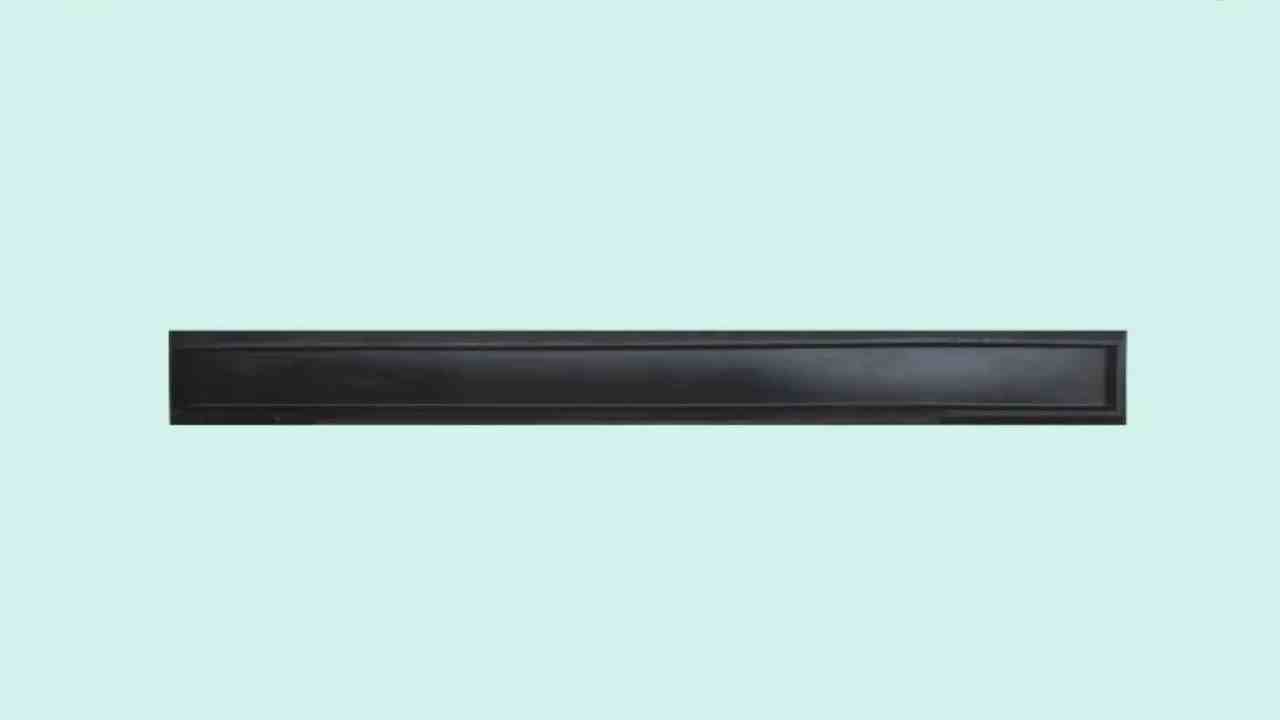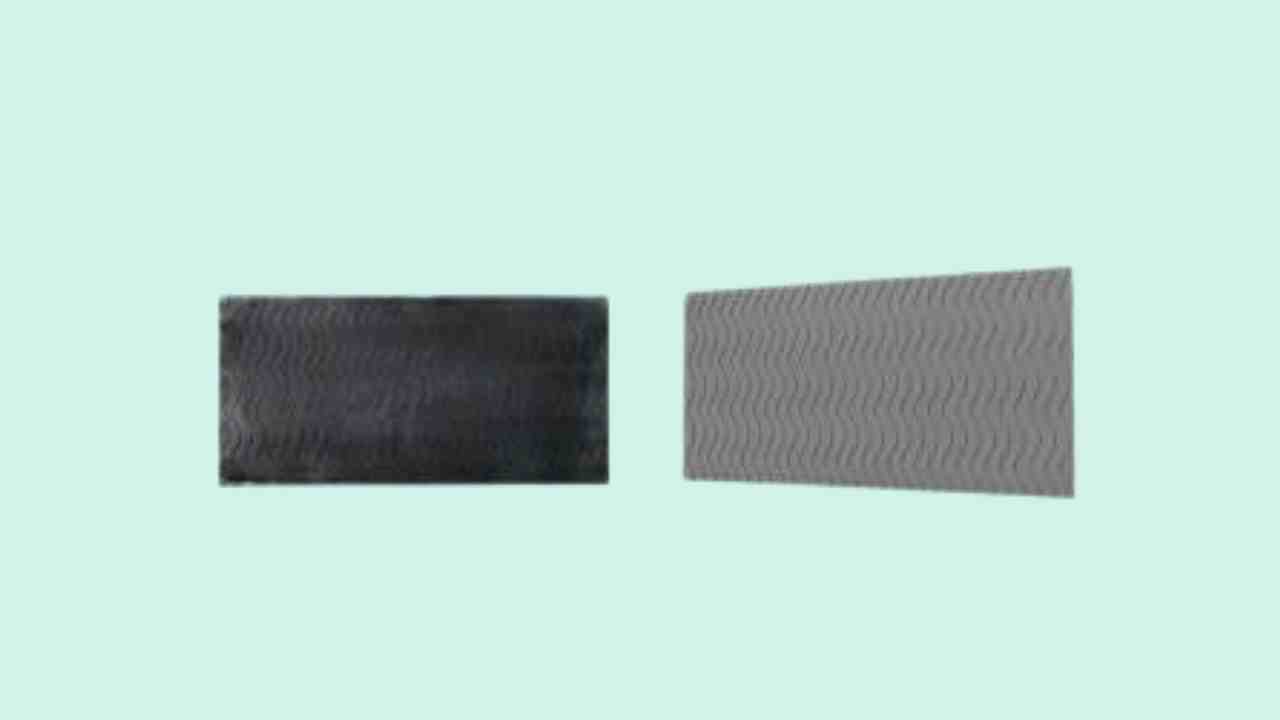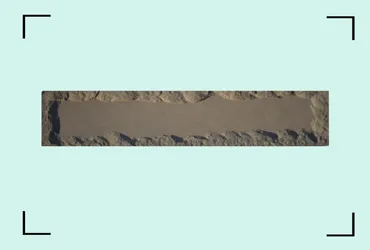Wall Moulding Designs: Unleashing Artistry on Your Walls
By JR Rubber Industries | Date : 26-July-2023

When it comes to interior design, every element plays a significant role in transforming a space from ordinary to extraordinary. One such element that can add elegance, walls is wall moulding designs. These detailed and decorative features not only enhance the architectural appeal of a room but also serve as a canvas for artistic expression. Here we will go through into the world of wall moulding designs and explore how they can unleash artistry on your walls, and raise your home to new heights of beauty and style.
Wall Moulding Designs
From Traditional to Modern In today’s design landscape, precast compound wall mould designs offer endless possibilities to unleash artistry on your walls. Whether you prefer a traditional, transitional, or modern aesthetic, there are moulding design options to suit every taste and style.
1.Precast Boundary Wall Panels: Precast boundary wall panels are a popular choice for constructing compound walls, providing privacy, security, and aesthetic appeal to residential, commercial, and industrial properties. Rubber moulds designed specifically for boundary wall panels ensure uniformity in size, shape, and texture, leading to a consistent and visually pleasing end product.
2. Rubber Moulds for Poles: Boundary wall poles are essential components that support the wall panels. Rubber moulds for poles ensure that each pole is manufactured with precision, maintaining consistent dimensions and smooth finishes. This not only enhances the structural integrity of the compound wall but also adds to its overall visual appeal.
3. Coping Moulds: Coping is the protective cap placed on top of the boundary wall to prevent water seepage and add a finishing touch. Rubber moulds for coping allow for the creation of coping elements with intricate designs, ensuring a perfect fit on the top of the wall panels.
4. Moulds for Boundary Wall Base: The foundation or base of the boundary wall requires specific moulds to maintain stability and uniformity. Rubber mould designed for boundary wall bases ensure that the foundation elements are cast accurately, minimizing the risk of structural issues and improving the wall’s longevity.


Modern Wall Molding Designs
Modern wall molding designs have revolutionized the way we perceive interior aesthetics, seamlessly blending contemporary elements with timeless elegance. These innovative designs embrace clean lines, geometric patterns, and minimalistic details to create a sophisticated ambiance. From polished, linear moldings that add a touch of freshness to any space, to elaborate geometric patterns that fill an artistic flair, the possibilities are endless.
Modern wall moldings are crafted from rubber, allowing for an adaptable range of textures and finishes. Whether it’s a bold statement wall or an exact accent, these designs effortlessly raise the overall look and feel of any compound wall mould or boundary, creating a visually attractive environment that reflects the contemporary style and individuality of the homeowner.
Decorative wall molding


Decorative wall molding is a captivating design element that adds depth, texture, and visual interest to any space. This architectural feature has stood the test of time, transcending different design eras and continuously evolving to suit modern tastes. Decorative wall molding encircles a myriad of styles, from the decorated and intricate patterns of classical moldings to the clean and crisp lines of contemporary designs It can be manual from various materials and providing endless possibilities for customization.
Whether it’s crown molding that elegantly frames the ceiling, chair rail molding that divides the wall, or panel molding that creates a sense of sophistication and grandeur, decorative wall molding effortlessly transforms plain walls into works of art.
The Essence of Wall Moulding Designs


Wall moulding designs encompass a wide range of decorative trim and paneling options that can be installed on walls to create visually appealing patterns, accents, and textures. These designs have been used for centuries to add depth, character, and architectural interest to interior spaces. From classic to contemporary styles, wall moulding designs have remained the test of time and continue to be a popular choice for homeowners and designers alike.
Research and analyze various types of wall moulding designs
Researching and analyzing various types of wall moulding designs is a fascinating endeavor that unveils architectural possibilities. Moulding, with its graceful curves and intricate details, adds a touch of elegance and sophistication to a compound or boundary. Chair rail moulding, on the other hand, serves a dual purpose by both protecting the walls and providing a visual break, creating distinct sections within a space.
Panel moulding, with its symmetrical patterns and raised surfaces, brings depth and texture to walls, transforming them into works of art. Baseboard moulding, the foundation of any wall design, frames the floor and provides a polished finish. By delving into the research and analysis of these types of wall moulding designs, one can appreciate the unique characteristics and potential they offer in enhancing the aesthetic appeal of any outdoor space.
Explore historical and cultural influences on wall moulding designs
Wall moulding designs have been greatly influenced by historical and cultural factors throughout the ages. From ancient civilizations to modern times, these intricate and decorative elements have evolved, reflecting the artistic sensibilities and societal norms of their respective eras. In ancient Egypt, wall mouldings featured elaborate hieroglyphics and symbols that conveyed religious and mythological stories.The Greeks and Romans embraced the classical style, incorporating geometric patterns, floral motifs, and architectural details into their moulding designs. During the Renaissance, ornate and intricate mouldings became popular, showcasing the wealth and sophistication of the era.
The Baroque and Rococo periods introduced even more lavish and opulent designs, with curved forms, intricate scrolls, and intricate detailing.In more recent times, the Arts and Crafts movement and Art Nouveau brought a shift towards more organic and nature-inspired motifs.Today, wall moulding designs continue to develop, drawing inspiration from various cultures and historical periods, creating a fusion of traditional and contemporary aesthetics. Through studying these historical and cultural influences, we gain a deeper appreciation for the rich shade of design that adorns our walls, reflecting the diverse and ever-changing nature of human creativity.
Evaluate the aesthetic and functional aspects of wall moulding designs.
Wall moulding designs encompass both aesthetic and functional aspects, making them integral elements of interior decor. From an aesthetic standpoint, paver moulds add visual interest and depth to walls, creating a sense of architectural elegance. They can range from simple and understated designs to intricate and ornate patterns, allowing for customization based on personal style and the overall theme of the space.
Mouldings also serve a functional purpose by providing protection to walls, preventing damage from furniture, accidental impacts, and daily wear and tear. They can act as a transition between different wall surfaces, such as where wallpaper meets painted walls, providing a seamless and polished look. By evaluating both the aesthetic and functional aspects of wall moulding designs, one can achieve a harmonious balance between beauty and practicality in interior design.
Study The Integration Of Wall Moulding Designs With Interior Styles
The integration of wall moulding designs with interior styles is a captivating area of study that combines the art of architecture detailing with the harmony of interior aesthetics.
Understanding how these intricate designs can seamlessly blend with various interior styles is essential for creating cohesive and visually pleasing environments. By studying the integration of wall moulding designs with different interior styles, designers can unlock the potential to enhance traditional, modern, minimalist, or eclectic spaces, allowing for the perfect balance between architectural charm and interior character.
Explore innovative and contemporary approaches to wall moulding designs


The world of wall moulding designs is not limited to traditional styles. Contemporary approaches have emerged, pushing boundaries and introducing fresh perspectives. We will explore innovative techniques, materials, and unconventional applications that showcase the evolving nature of wall moulding designs in modern interior design.
Perfectiness of Wall moulding Art of JR Rubber industries
JR Rubber Industries understands the importance of diversity in its design options. The wall mouldings they offer are suited to a variety of styles in architecture, ranging from traditional and classical to contemporary and modern. From intricately detailed designs which reflect the splendor of the past to modern minimal designs which work with minimalist spaces, JR Rubber Industries has the perfect design for every taste.
JR Rubber Industries prioritizes the selection of high-quality materials that ensure long-lasting durability and endurance for their wall mouldings. The best rubber compounds are selected to stand up to the elements and retain their form and appeal for a long time to in the future. Each moulding for walls is subject to an intense focus on detail, ensuring accuracy and precision in each bend and groove. Highly skilled artisans with decades of experience work on creating these stunning mouldings which result in flawless final products. The wall mouldings they offer are designed with user-friendly features which make installation easy.
Conclusion
In conclusion, wall moulding designs offer a remarkable opportunity to unleash artistry on your walls. With their intricate details and timeless appeal, these decorative elements can transform an ordinary space into a work of art. By incorporating wall mouldings into your interior design, you can add depth, texture, and visual interest to any room. Whether you prefer a classic and sophisticated look or a modern and sleek aesthetic, wall moulding designs provide a versatile canvas for creativity. So, embrace the artistry of wall moulding designs and let them elevate the beauty and elegance of your walls, making a lasting impression on all who enter your space.
FAQ
1)What do you mean by wall-moulding?
Wall moulding refers to the decorative molding or trim that is put on walls to enhance the appearance of walls. It is typically composed of panels or strips constructed of various materials, such as wood or plaster, or polyurethane. Wall moulding is installed either vertically or horizontally, and comes in various styles that include crown moulding as well as chair rails and picture rails. It provides dimension, character and class to any room, while also being a decorative feature or an element that serves to safeguard walls from being damaged.
2)How do wall mouldings improve the visual appeal of an area?
Wall moulding can increase the visual appeal of a room in many ways. It creates dimension and depth, and creates an aesthetic interest. Molding can give a feeling of sophistication and elegance and transform ordinary walls into attractive elements. It also helps define areas, like highlighting an area of focus or forming a frame for artwork. In addition, moulding can be an element of decoration that is intricate or simple lines, which can enhance the overall design and style of the space.
3)What are the different kinds of wall moulding designs that are available?
There are many types design of moulding for walls to improve the look of rooms. They include crown moulding, baseboard moulding, chair rail molding, panel moulding picture rail moulding, as well as wainscoting. Each has distinct features and can be paired or used in isolation to create various decorative effects and styles within a room.
4)Can wall mouldings be adapted to fit specific design preferences?
Yes, wall mouldings could be modified to meet specific style preferences. Materials shapes, profiles, sizes and finishes are able to be customized to suit the style of a space. The ability to customize allows for personalization and allows for the creation of unique designs that compliment the overall décor as well as architectural elements and personal preferences, providing an aesthetically pleasing and unified appearance.
5)What materials are used for wall moulding?
Wall moulding can be made with a range of materials. The most common options are wood, like oak, pine and MDF (medium-density fiberboard) that are versatile and can be painted or stained. Other options include polyurethane that is lightweight and impervious to moisture and PVC that is tough and requires minimal maintenance. Every material option has their own unique features in terms of appearance as well as cost and installation ease which allows for flexibility in design and budgetary aspects.
